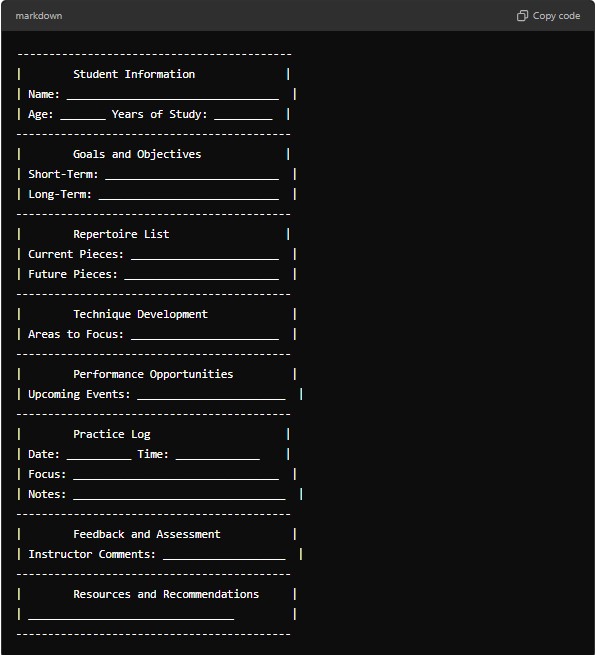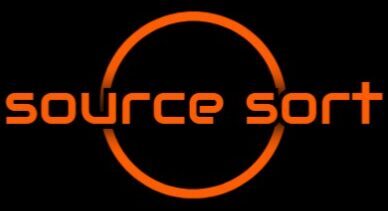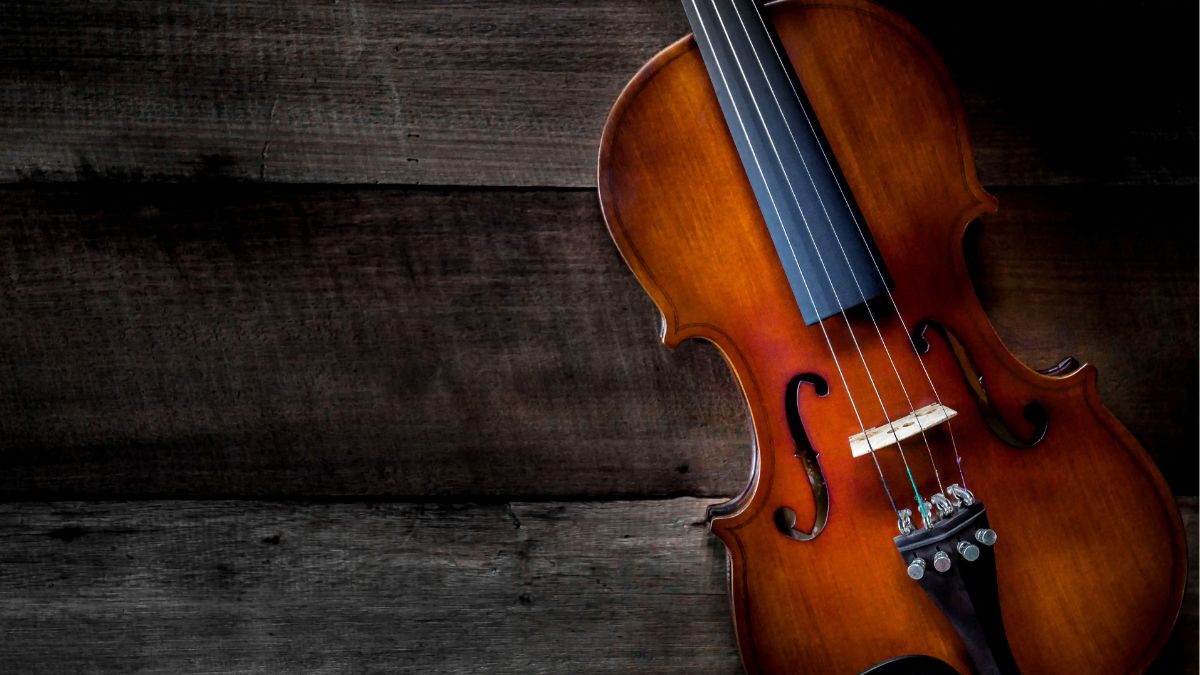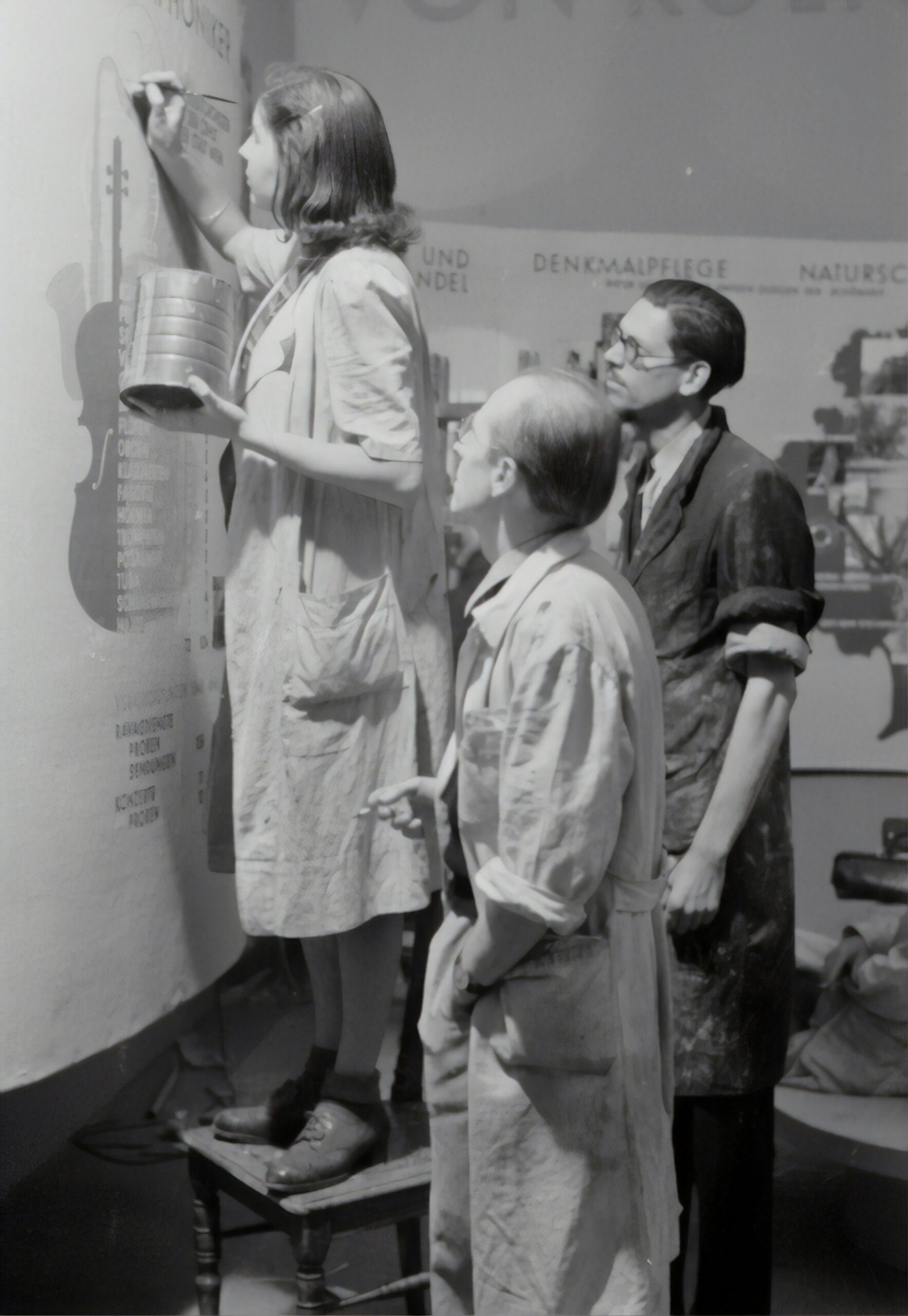In the realm of music education, a studio chart for cello serves as an essential tool for instructors and students alike. It outlines key components of the learning process, helping both parties stay organized and focused on goals. But what does a studio chart for cello look like? In this article, we’ll explore its structure, purpose, and benefits while providing insights into how it can enhance the learning experience for cellists.
Understanding the Studio Chart
A studio chart is essentially a visual representation of a student’s progress, goals, and achievements. For cellists, it often includes sections that cover repertoire, technique, performance, and more. This organized framework helps instructors track their students’ development and allows students to have a clear understanding of what is expected.
Key Components of what a studio chart for a cello look like
- Student Information
- At the top of the chart, basic details about the student should be included. This might encompass the student’s name, age, years of study, and current level of proficiency.
- Goals and Objectives
- Clear, specific goals are crucial. A studio chart typically lists short-term and long-term objectives. For instance, a short-term goal could be mastering a particular scale, while a long-term goal might be preparing for a recital.
- Repertoire List
- A well-rounded repertoire is vital for developing a cellist’s skills. The chart often includes a list of pieces the student is currently working on, as well as those they aim to learn. This section allows instructors to assess the variety of styles and genres the student is exploring.
- Technique Development
- Technique is at the heart of cello playing. A dedicated section on the studio chart outlines specific techniques to be practiced, such as bowing techniques, finger positioning, and vibrato. This helps in pinpointing areas needing improvement.
- Performance Opportunities
- Including a list of upcoming performances or masterclasses can motivate students. This section may highlight local recitals, competitions, or community events that students can participate in.
- Practice Log
- A practice log allows students to track their practice sessions. This might include the duration of practice, what was worked on, and personal reflections on progress. Regular entries encourage discipline and consistency.
- Feedback and Assessment
- Regular feedback is crucial for growth. The chart should include a section for instructors to jot down notes on the student’s progress, strengths, and areas for improvement. This ongoing assessment informs future lessons.
- Resources and Recommendations
- A list of recommended books, recordings, and online resources can enrich the student’s learning experience. This section helps students explore supplementary materials that can support their studies.
Sample Layout of a Cello Studio Chart
Here’s a simplified visual representation of what a studio chart for cello might look like:

Benefits of Using a Studio Chart
The importance of a studio chart for cello extends beyond mere organization. Here are several key benefits:
- Enhanced Focus and Clarity
- By clearly outlining goals and progress, students gain a sense of direction. This focus can lead to more productive practice sessions and a clearer understanding of expectations.
- Motivation and Accountability
- When students see their progress documented, they often feel more motivated to practice consistently. The presence of set goals and a practice log encourages accountability.
- Tailored Instruction
- Instructors can adjust their teaching methods based on the student’s specific needs, as highlighted in the chart. This personalized approach enhances the learning experience.
- Effective Communication
- A studio chart facilitates better communication between the instructor and student. It serves as a reference point for discussions about progress and areas needing attention.
- Preparation for Performances
- By including performance opportunities, students can prepare mentally and physically for upcoming events, helping to reduce anxiety and boost confidence.
Expert Opinions
According to renowned cello pedagogue Dr. Jennifer Johnson, “A studio chart not only helps students understand their progress but also fosters a collaborative environment where students and teachers can engage in meaningful dialogue about learning.” This sentiment emphasizes the collaborative nature of music education, highlighting the studio chart’s role in creating a supportive learning atmosphere.
Statistics on Music Education
Research indicates that structured learning environments significantly benefit music students. A study from the National Association for Music Education found that students with clear goals and organized practices scored 30% higher in proficiency assessments compared to those without such frameworks. This underscores the effectiveness of using tools like a studio chart for cello.
Conclusion
In summary, a studio chart for cello is a powerful tool that enhances the learning experience for both students and instructors. By clearly outlining goals, repertoire, technique, and progress, it fosters a structured and supportive learning environment. With its myriad benefits—ranging from enhanced motivation to tailored instruction—a well-designed studio chart is essential for anyone serious about mastering the cello.
By incorporating this tool into their practice, cellists can navigate their musical journeys with clarity and purpose.
FAQs
1. What is the purpose of a studio chart for cello?
A studio chart helps track a student’s progress, set goals, and organize practice, enhancing the learning experience.
2. How can I create an effective studio chart?
Start by including student details, goals, repertoire, technique areas, and a practice log for structured tracking.
3. Can a studio chart be customized?
Yes, a studio chart can be tailored to fit individual student needs and preferences, making it a flexible tool.
4. How often should a studio chart be updated?
Regular updates are recommended, ideally after each lesson or practice session, to reflect ongoing progress and changes.
5. Are there any digital tools for studio charts?
Yes, various apps and software exist that allow for digital studio charts, offering features like progress tracking and goal setting.





